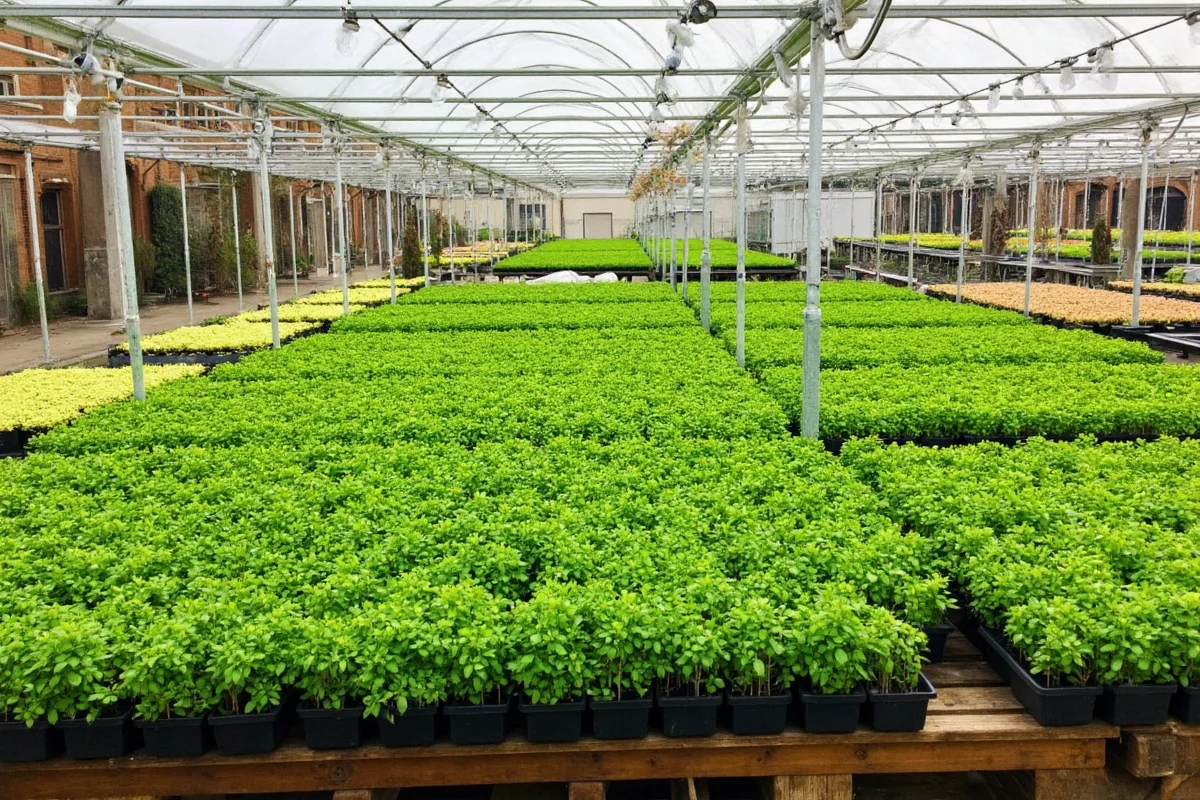Succulents are beloved for their low maintenance, charming shapes, and often vibrant colors. However, not all succulents naturally display vivid hues. This article will guide you through simple strategies to make your succulents more colorful, enhancing their beauty and appeal. From understanding lighting requirements to managing watering techniques, explore how each factor can make a notable difference in the coloration of your succulents.
Understand Lighting Needs
- Sunlight Exposure: Succulents thrive on sunlight; the right amount can coax out deeper colors. Ensure your succulents get at least six hours of sunlight per day. Too little sunlight and they may become pale and stretched.
- Direct vs. Indirect Sunlight: While many succulents enjoy basking in the sun, not all can handle harsh, direct sunlight without stress. Finding a balance is key to promoting healthy color development without sunburn.
- Artificial Lighting: In situations where natural light isn't enough, grow lights can supplement. LED grow lights offer full spectrum lighting, ideal for enhancing succulent colors when natural sunlight is limited.
Providing the correct lighting for your succulents ensures that they can develop vibrant colors naturally. With the right balance of light, you can watch them transform from simple shades of green to striking displays of reds, purples, and oranges.
Adjust Watering Techniques
- Watering Schedule: One of the secrets to colorful succulents lies in underwatering rather than overwatering. Allow the soil to dry out completely between waterings to prevent root rot and encourage vibrant colors.
- Quality of Water: Consider using distilled or rainwater, as tap water may contain minerals that can affect the color and health of your plants.
- Soil Drainage: Good drainage is crucial. Use soil that ensures excess water is easily drained and does not lead to soggy conditions, which can dull colors and cause health issues.
Enhancing your succulent's colors can be as simple as tweaking your watering habits, ensuring they have less water more frequently, which naturally encourages them to display more vivid colors.
Choose the Right Soil Mix
- Light Soil Mixtures: Succulents flourish in light, well-draining soil. This prevents water retention that could otherwise lead to dull or faded colors.
- Nutrient Content: While succulents do not need rich soil, the right nutrients can help them maintain their health and vibrancy.
- Soil pH: Aim for a slightly acidic to neutral pH to support optimal succulent growth and color.
The soil your succulents are planted in plays a significant role in their ability to develop and maintain colorful leaves. Selecting good soil ensures they receive the right balance of drainage and nutrients necessary for thriving.
Temperature and Humidity Control
- Optimal Temperature: Most succulents prefer temperatures between 60 to 80 degrees Fahrenheit. Extremes can cause stress, leading to color changes.
- Humidity Levels: Succulents prefer low humidity environments. Controls such as keeping them in ventilated spaces can help maintain their colors.
- Seasonal Changes: Understand how seasonal variations in temperature and humidity affect your succulents, adjusting their locations accordingly for optimal color striking.
Temperature and humidity not only affect the growth but the coloration of succulents. Keeping these environmental factors in check will help bring out the most vibrant colors your succulents can offer.
Nutritional Factors
- Fertilization: Though succulents require less feeding than many plants, periodic fertilization can enhance their growth and coloration. Use a balanced, dilute succulent fertilizer during the growing season.
- Micronutrient Deficiency: Address deficiencies promptly as they can impact texture, growth rate, and colors.
- Signs of Over-fertilization: Be cautious about over-fertilizing, which can lead to soft, weak growth and a loss of color intensity.
Careful use of fertilizers and understanding your succulents’ nutritional needs can play a vital role in encouraging them to showcase beautiful colors, adding visual interest to your garden.
In conclusion, making your succulents colorful involves attention to detail in aspects like light exposure, water management, soil choice, environmental conditions, and nutritional support. By following these straightforward guidelines, your succulents will not only survive but thrive with a spectrum of vibrant colors that enhance their natural beauty.











 浙公网安备
33010002000092号
浙公网安备
33010002000092号 浙B2-20120091-4
浙B2-20120091-4